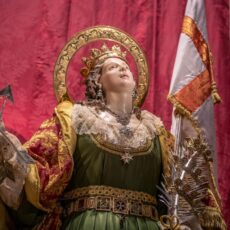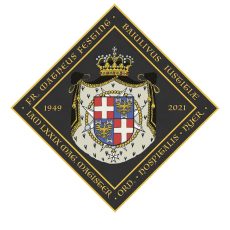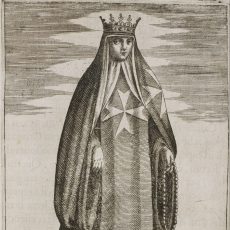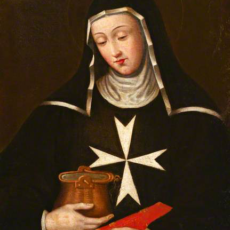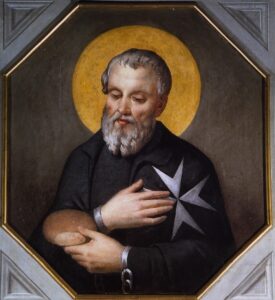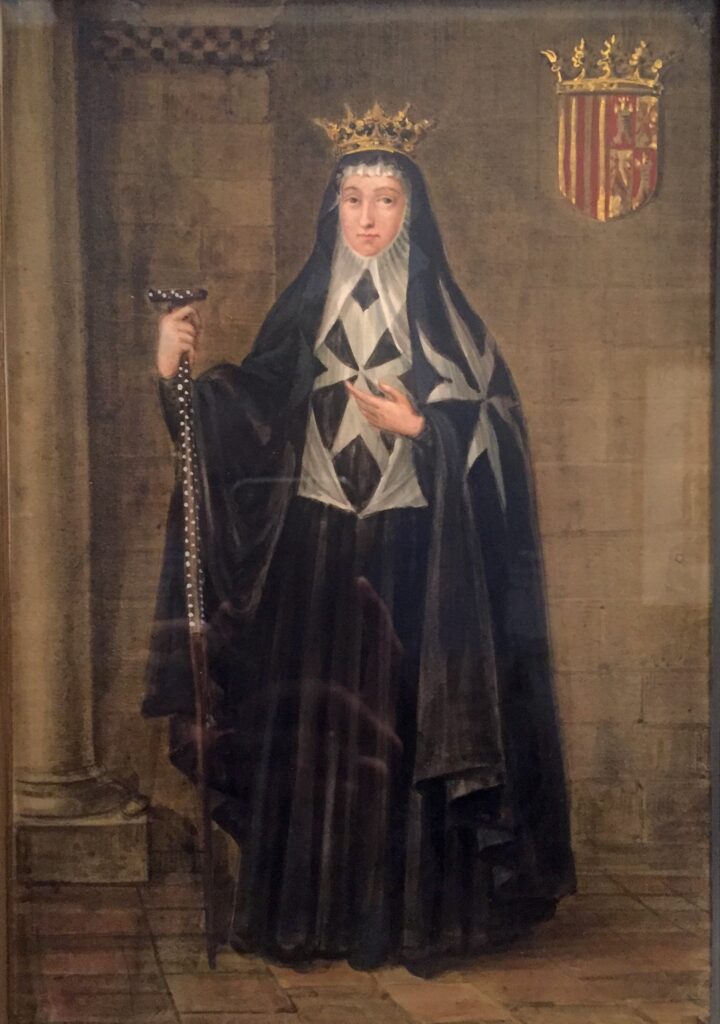Around 1048 a group of merchants from the Republic of Amalfi obtained permission from the Fatimid Caliphs of Egypt to establish a church in Jerusalem dedicated to the Blessed Virgin Mary with an adjoining Benedictine monastery. They also built a hospital, dedicated to Saint John the Baptist, on the ruins of the previous hospital built by Charlemagne.
When Godfrey of Bouillon arrived in Jerusalem in 1099 during the first crusade, he found the church and the xenodochium whose direction had been entrusted to Brother Gerard.
On February 15th, 1113, Pope Paschal II addressed to Brother Gerard the bull Piæ postulatio voluntatis granting various privileges to this “authentic house of God”, which was made autonomous from the Benedictine community and placed under the direct protection of the pontiff. This document is considered the founding act of the Order of the Hospital of St. John of Jerusalem.
Blessed Gerard’s successor, Blessed Raimond du Puy, who was the first to use the title “master” established the first complete rule of the Order which was approved by Callixtus II in 1120.
In the same period, alongside that of the friars of the hospital, a community of women also arose who shared the same spirituality and the same vocation of assistance to the sick who came on pilgrimage to the Holy Land.
Tradition considers Sancha of Castile as the founder of the female branch of the Order of St. John of Jerusalem. Wife of the King of Aragon Alfonso II, once she became a widow she made her religious profession in the monastery of Sijena of the Order of St. John to wich she granted a specific rule that made the Comendadoras of St. John the contemplative soul of the Order of Malta.
The founding of Sijena subsequently inspired the creation of other communities of nuns of the Order of St. John of Jerusalem in the rest of the world.
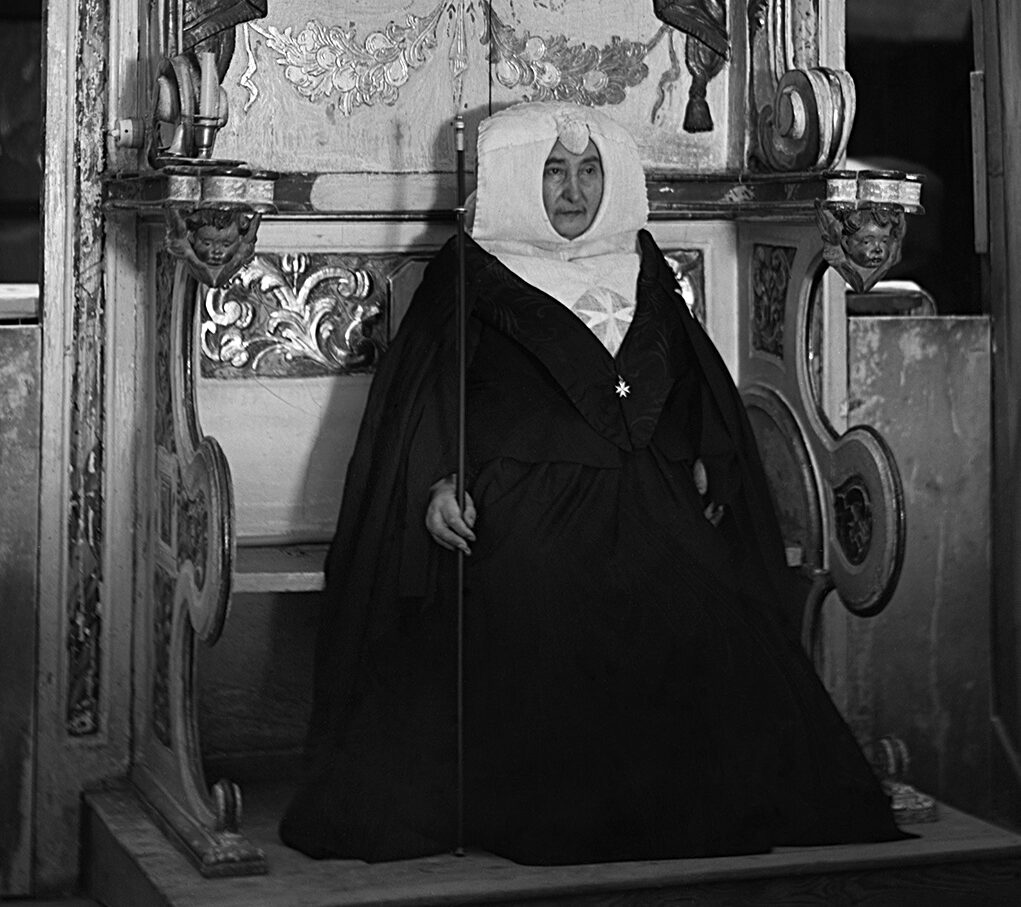
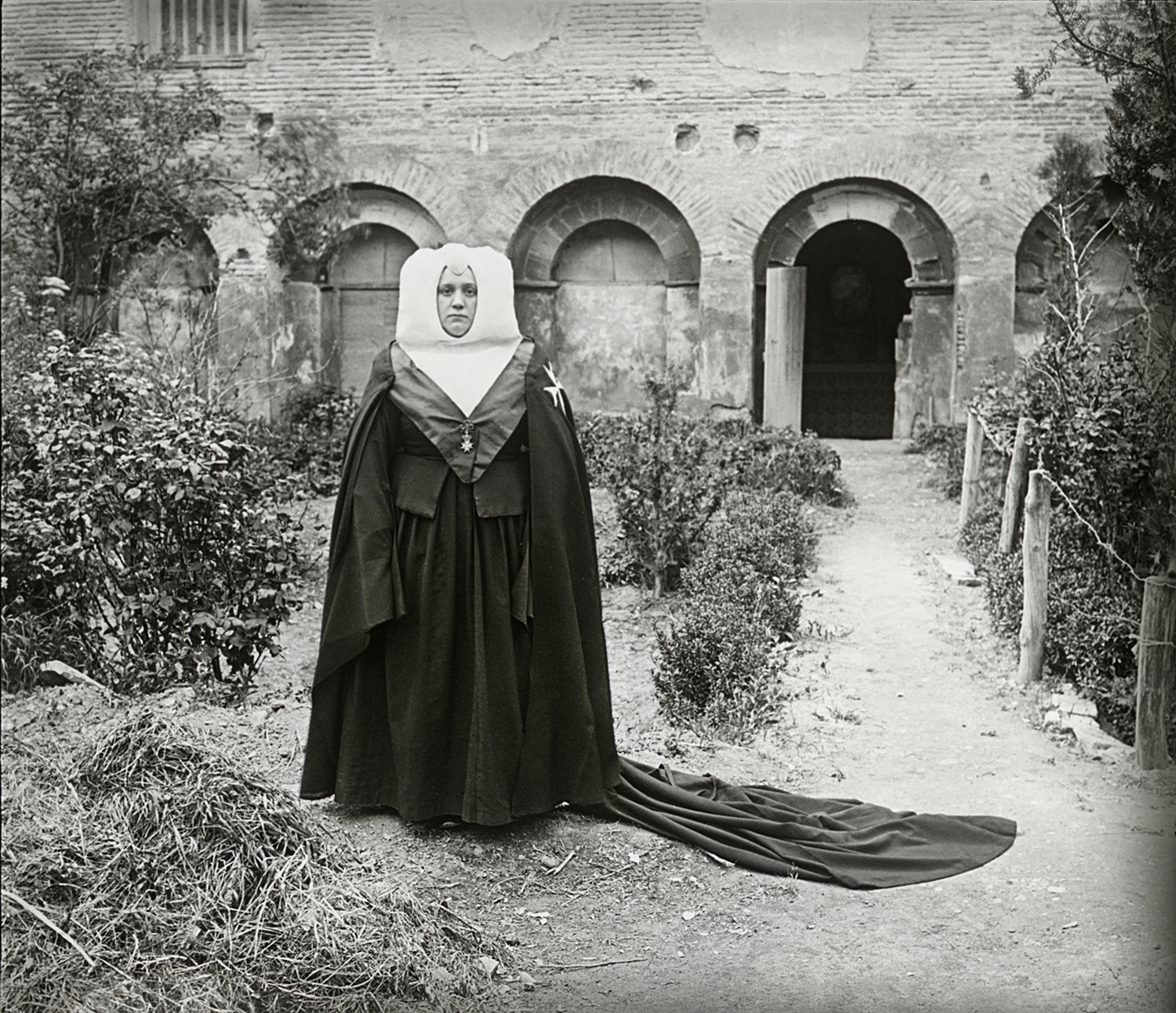
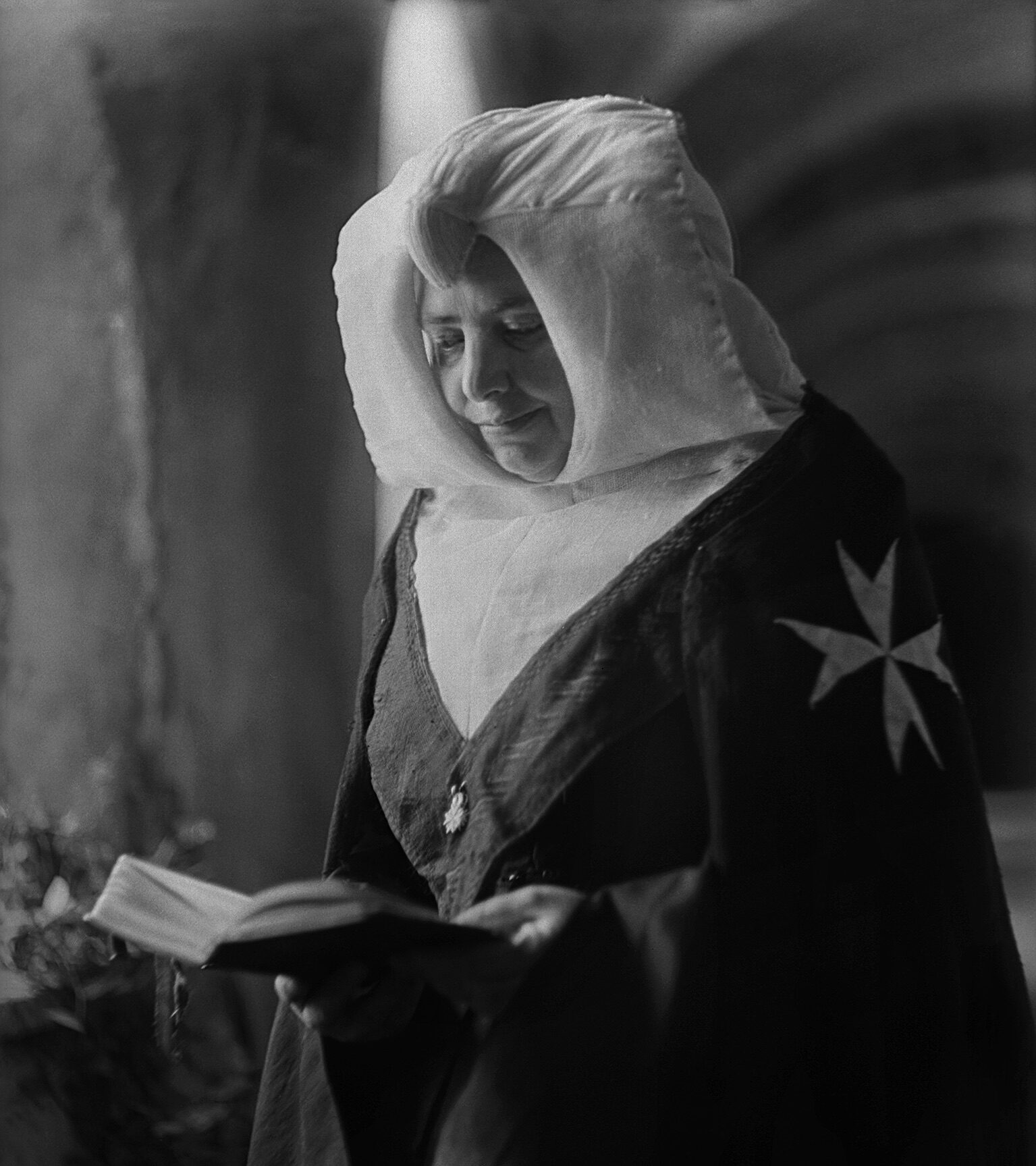
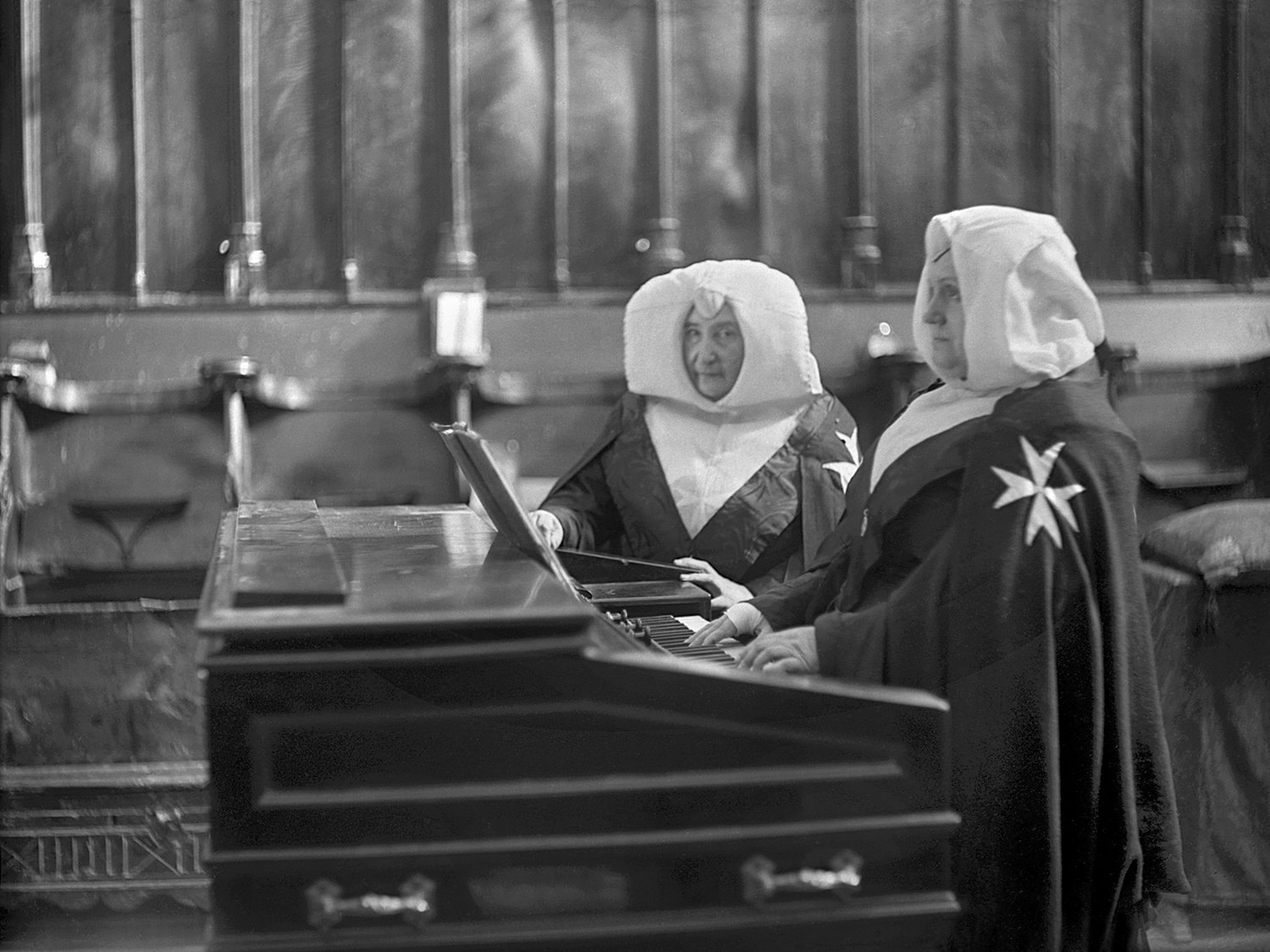
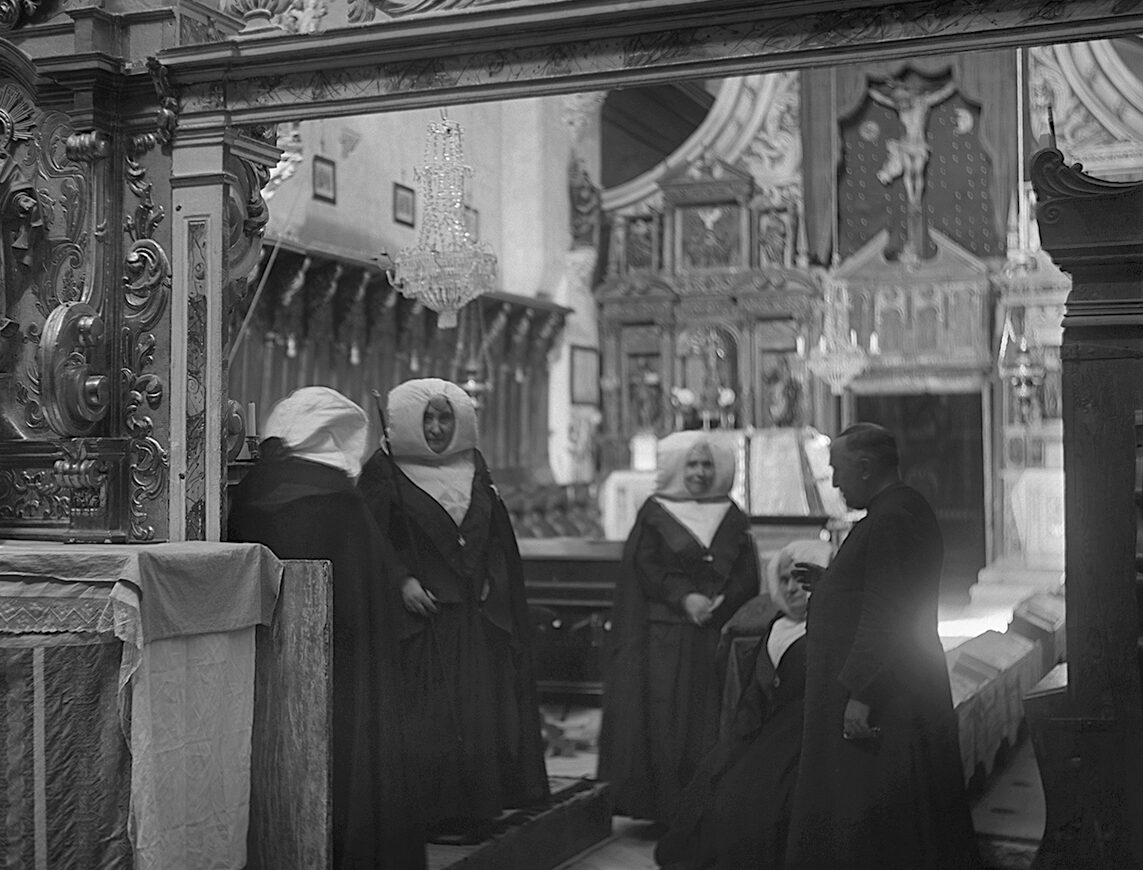
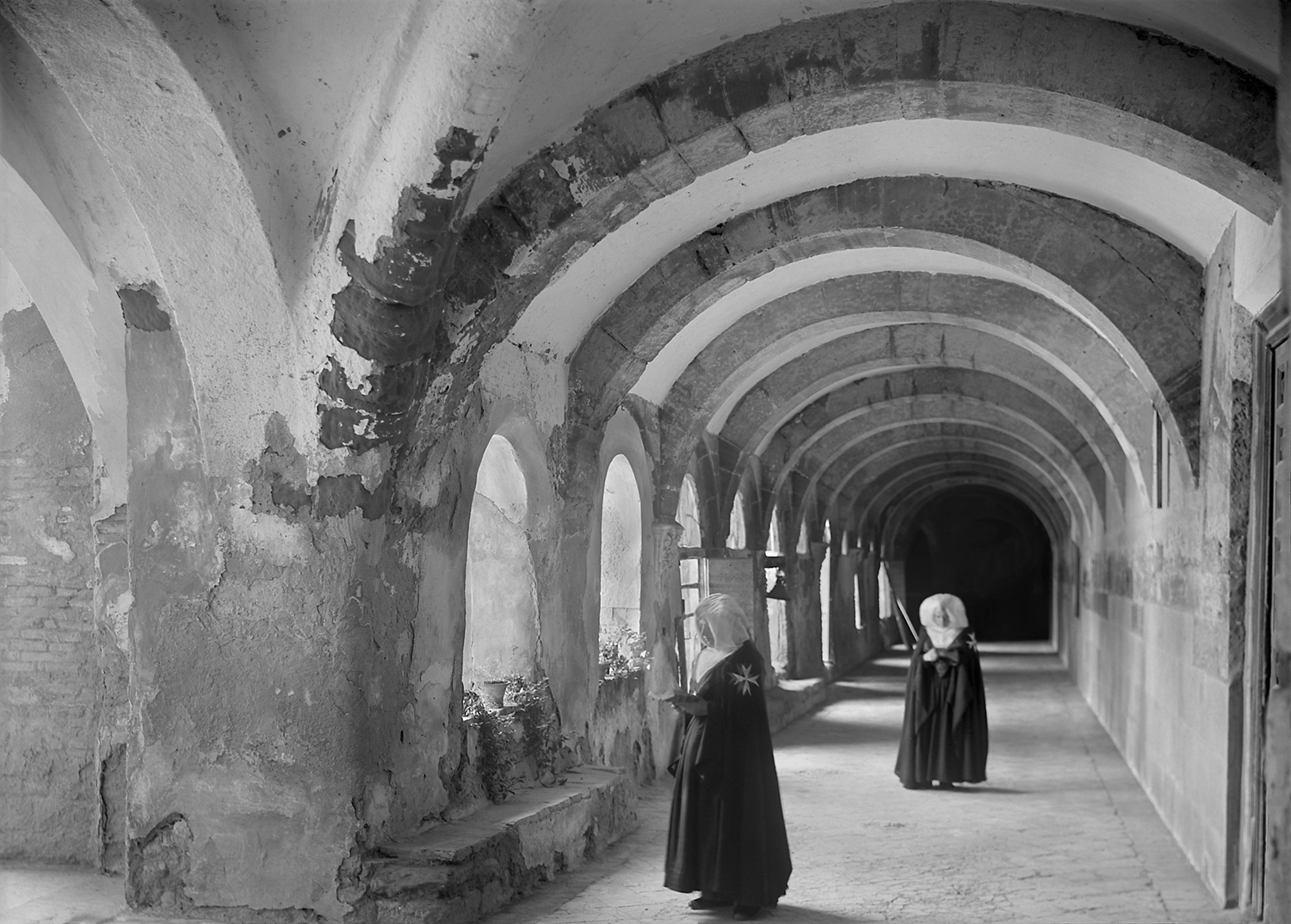
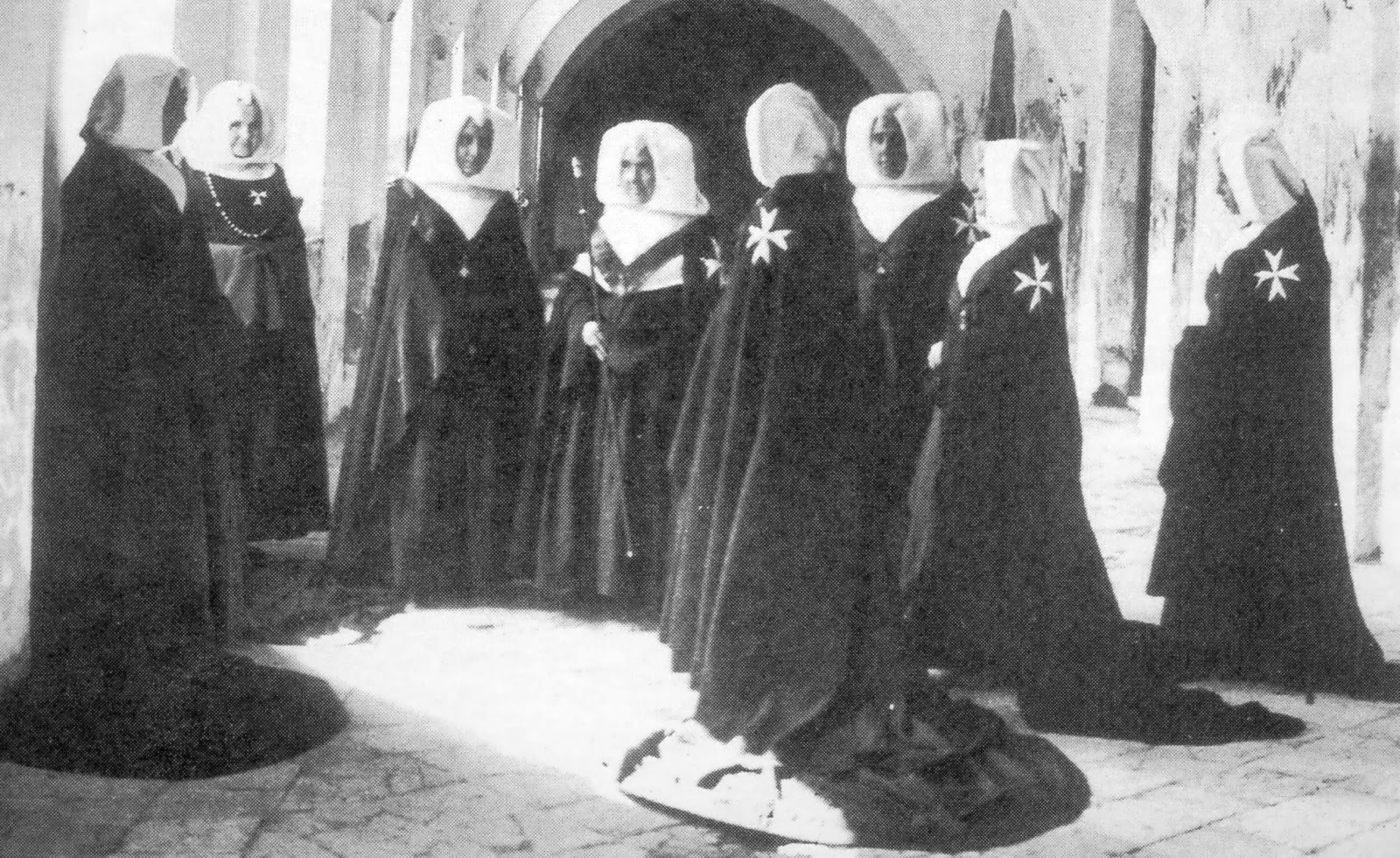
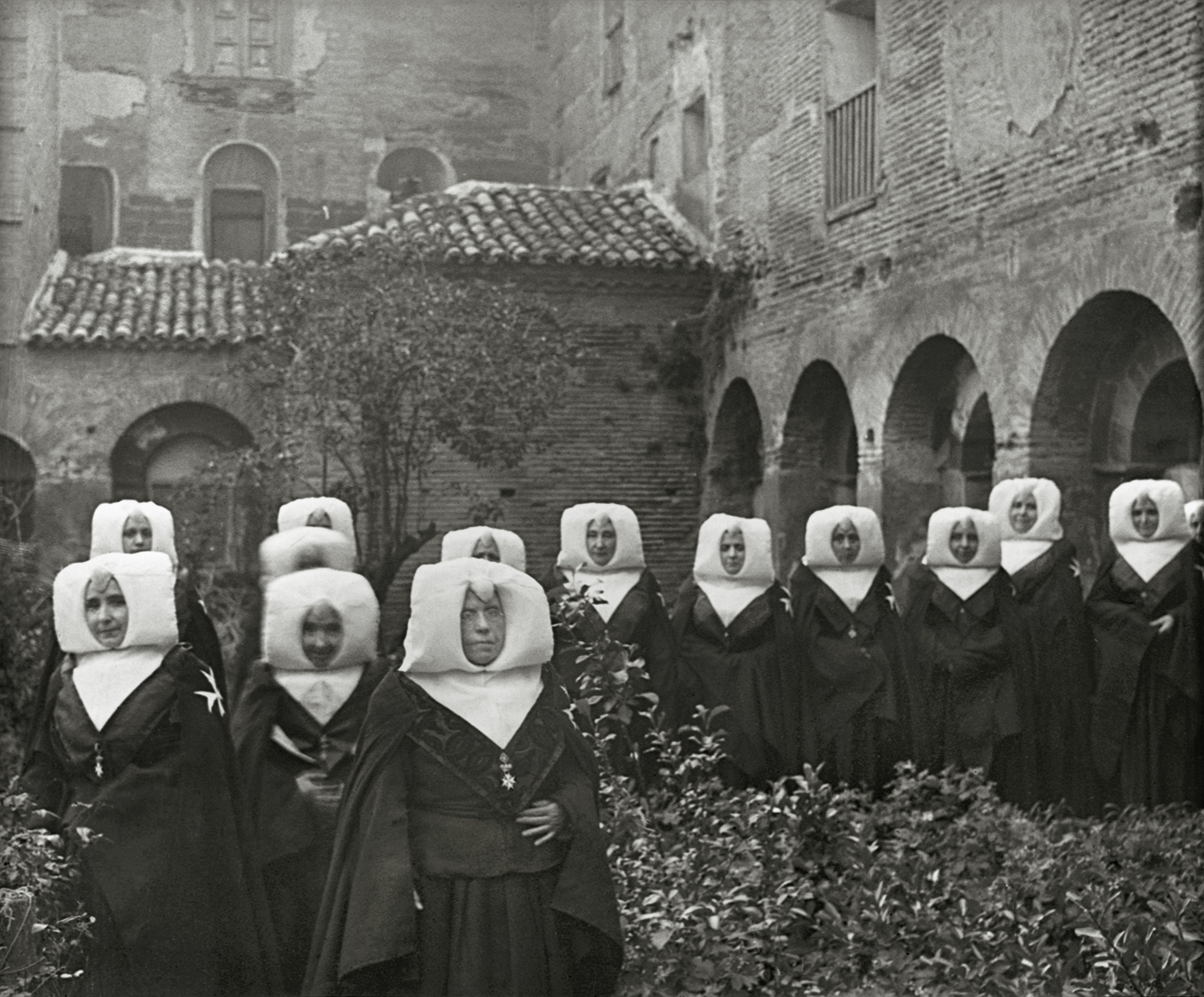
The Cloistered Nuns of the Monastery of St Ursula in Valletta
A monastery for the nuns of our Order was first established in Vittoriosa (Birgu) by Grand Master Verdala in 1582 and eventually moved to Valletta in 1595. The nuns never leave the sanctuary of the convent apart from serious medical
Suffrage of Fra’ Matthew Festing (1949-2021)
The Comendadoras Nuns raise their prayers to the Lord in suffrage of the soul of Fra’ Matthew Festing, who died today on the island of Malta where on November 4th he had witnessed the profession of solemn vows of Fra’
Memory of Queen Doña Sancha
On November 9th the Nuns of the Order of Saint John of Jerusalem of the Monastery of Salinas remember their founder Doña Sancha (21 September 1154 – Sijena, 9 November 1208). Doña Sancha, daughter of the king of León and
Saint Ubaldesca
The Federal superior of the Comendadoras addresses the following message on the occasion of the commemoration of Santa Ubaldesca that is celebrated today on May, 28th: The Nuns Comendadoras of San Juan de Acre in Spain remember the liturgical memory of

